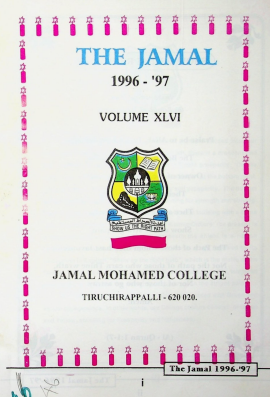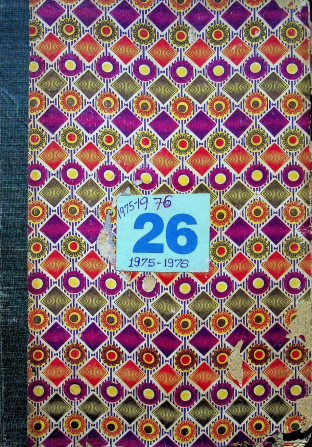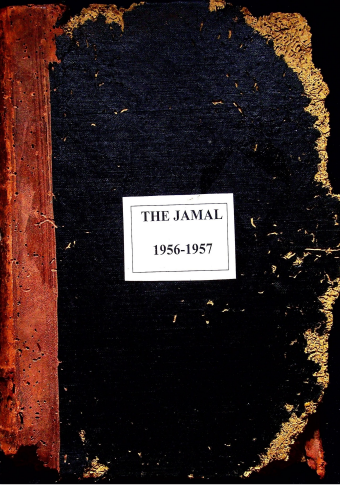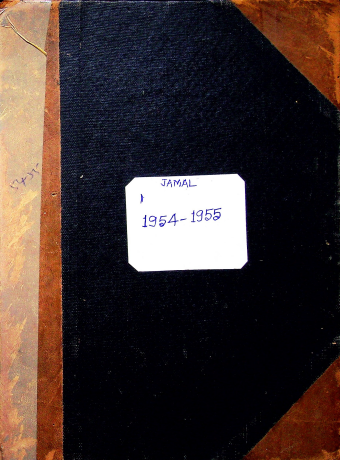Description
The alcohols are further divided into three groups, primary, secondary, and tertiary, according to the nature of the radical derived from the hydrocarbon, and the position of the hydroxyl group in the molecule. The saturated monohydric alcohols are members of a homologous series with the empirical formula CnH2n+1OH. These include methyl, ethyl, butyl, propyl, amyl alcohols, etc. The lowest members of this series are colorless mobile liquids, the middle ones are more oily, and the highest ones (from dodecyl alcohol, C12H25OH, onward) are solid at ordinary temperature, with a wax-like appearance. The lower monohydric alcohols containing one, two, or three carbon. atoms, are completely soluble in water; but those of higher carbon content become progressively less soluble. This is due to the ratios which exist between the carbon and the hydroxyl group content. On the other hand, as their solubility for water decreases, they become better solvents for hydro- carbon-type compounds. The chief importance of the three types of alcohols, primary, secondary, and tertiary, is their behavior on oxidation, which also serves to distinguish them. Alcohols are primary when they contain the group -CH2OH joined to a radical, with the exception of methanol, where it is attached to a hydrogen. On oxidation they are converted.









Reviews
There are no reviews yet.